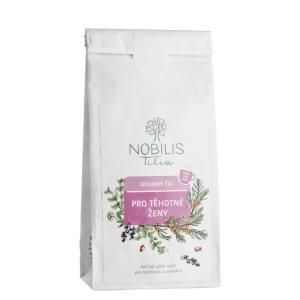Hawthorn (Crataegus cuneata)
Other names: Chinese Hawthorn, Japanese Hawthorn
Harm score: 1 (Natural substances)
The wedge-shaped hawthorn (Crataegus cuneata), also known as Chinese hawthorn or Japanese hawthorn, is a deciduous shrub or tree native to China and Japan. Its height reaches about 10 metres and its branches are covered with sharp thorns. The leaves have long petioles and are up to three to five inches long. It flowers in May to June and attracts many insects. The fruits, which are known as hawthorns or hawthorn fruit, are small, bright red and usually contain two to three seeds.
The fruits are an important part of the hawthorn tree and are used in food and folk medicine. Hawthorn fruits are not only tasty but also very healthy, as they contain many vitamins, especially vitamin C and B-groups, as well as a number of minerals such as potassium and magnesium. In some countries, such as Japan, they are made into a traditional alcoholic drink called 'haw brandy'. They are also used to make jams, juices, compotes and wine. In the pharmaceutical industry, the fruits and leaves are used to make products that help regulate blood pressure and promote heart health. Hawthorn leaves are also used as a tea supplement and are known for their mild sedative effects.
Hawthorn (Crataegus cuneata) can be found in the following products

Tea for pregnant women 50g
Product detail